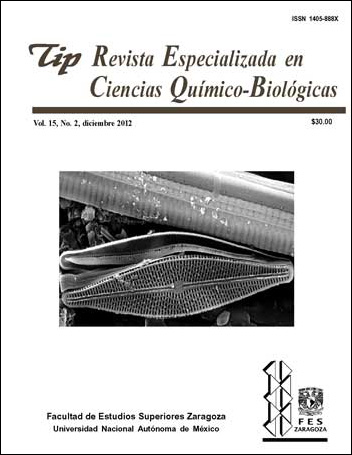Abstract
The Valley of Tehuacán-Cuicatlán is a semi-arid area that has a rich flora of algae in temporary and permanent water bodies, consisting of 357 species, many of them not previously registered in Mexico. The richness of this flora is distributed as follows: 183 species of Bacillariophyta (nearly 50%), 81 species of Cyanoprokaryota (22%), 77 species of Chlorophyta (20%); 10 species of Euglenophyta (2.8%), 5 species of Heterokontophyta (1.4%) and one species of Rhodophyta (0.2%). The most frequent and widely distributed are mainly alkaliphilous and euryhalobous algae. However, the majority of them are distributed in one or two localities and in two types of environments (irrigation canals and ponds). We discuss the heterogeneous composition by taking into account the frequency of occurrence in samples and in the four zones of the Tehuacán-Cuicatlán Valley as well as the significance of that distribution. Analysis of distribution and species dominance suggests that water conditions of this valley are very changeable and promote the proliferation of species of broad ecological range, within the overall limits of moderate alkalinity and salinity.TIP Magazine Specialized in Chemical-Biological Sciences, distributed under Creative Commons License: Attribution + Noncommercial + NoDerivatives 4.0 International.



